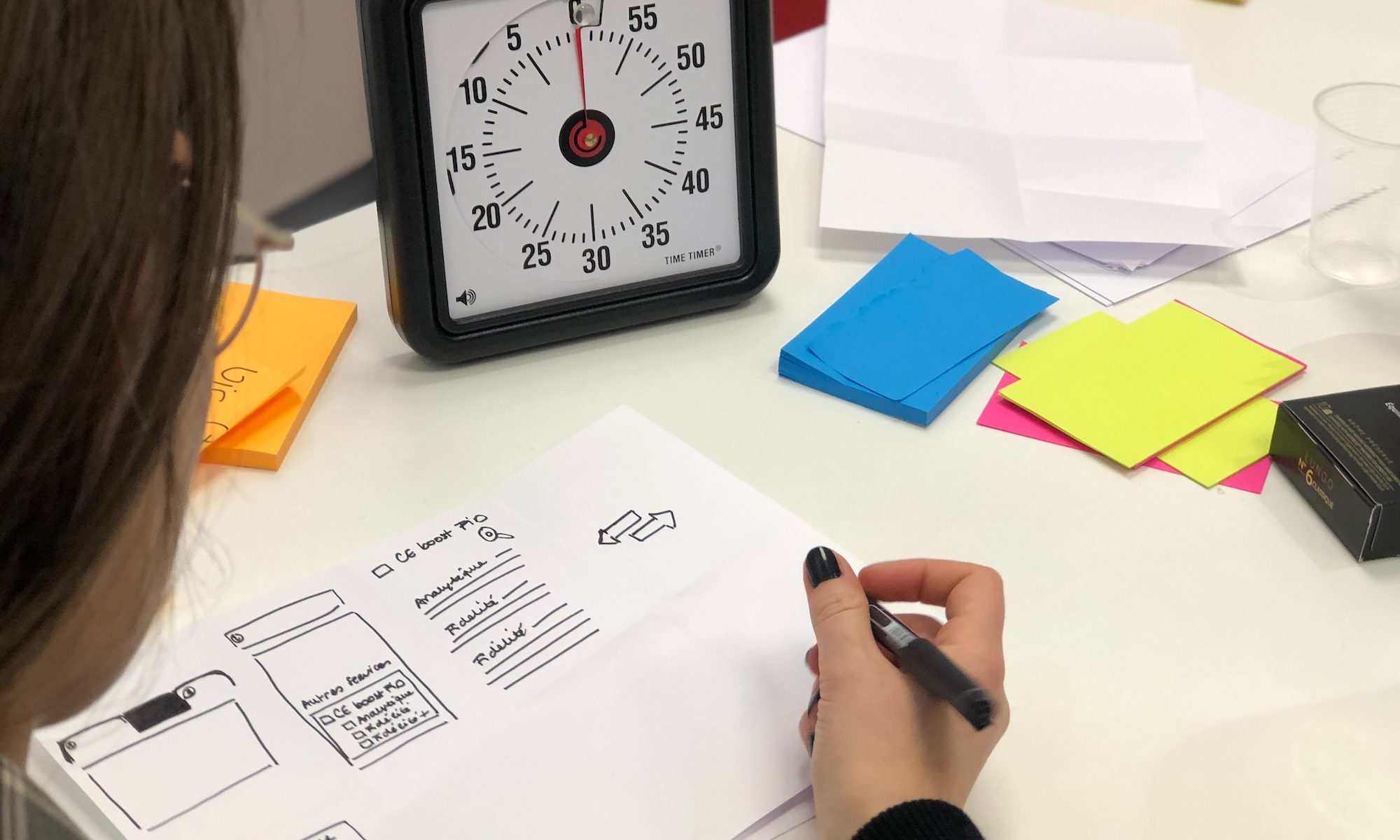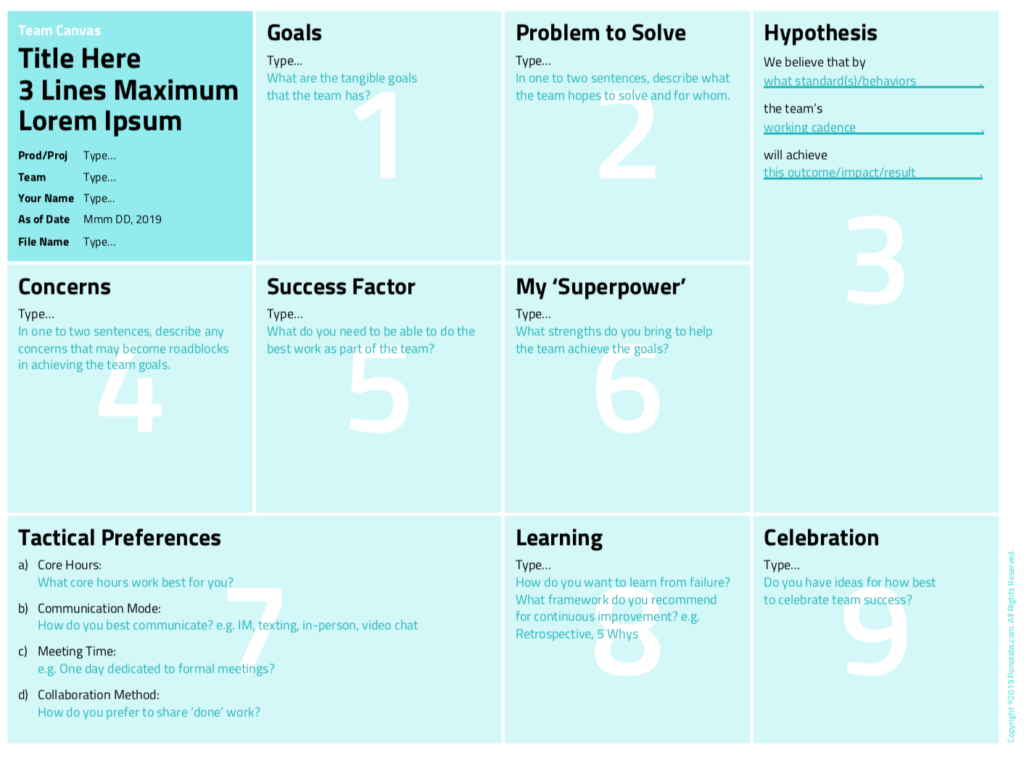For scrum masters, developing teams that work well together and successfully adopt Agile practices is a top priority. By ensuring that teams are equipped with the necessary knowledge to complete their projects, enterprises can enjoy effective and efficient Agile groups that deliver results.
However, when teams are incomplete or lack specific expertise, their results can suffer. In order to help a Scrum Master to increase their team’s effectiveness, they should know the best strategies for bringing groups together with a variety of skills and talents. For Scrum Masters looking to better align their teams, Pono Labs’s Justin Chapman sat down with software developer Stephen Vance to discuss a new way to consider how a Scrum Master can equip their teams to hire top candidates better.
The T-Shaped Candidate
For Scrum Masters seeking quality candidates to add to Agile teams, a common key characteristic is a “T-Shaped Candidate.” This term, popularized by IDEO CEO Tim Brown, describes a professional who is both broadly skilled and specializes in a particular expertise.
In the form of a T, the ideal candidate is equipped in a wide range of baseline skills that are expected of any team member – the top of the T. However, the perfect candidate would also have a deep understanding of a particular concept that is of value to the team as a whole – the stem.
An Unbeatable Force: Building A T-Square Team
However, according to Agile Coach Steven Vance, Scrum Masters should seek T-Shaped candidates and seek to bring together these professionals to develop square-shaped teams.
In an interview with Pono Labs’s Justin Champan, Vance argues that the best Agile teams are structured with four Ts, each bringing their unique specialization to strengthen the whole. Similar to the US Navy Seal team dynamics, a baseline understanding of the Agile framework exists with all members, but the unique abilities of each complement the weaknesses of the rest – creating a square-shaped team structure.
With this square, Agile teams can grow together through complementary strengths. This requires a Scrum Master to help teams discover the specific skills within each team, as well as how those the company is considering hiring can fit that mold.
Learn More With Pono Labs‘ eBook “Become One Of Today’s Top Agile Leaders”
The task that lay ahead of a Scrum Master to create an awesome team can be daunting. Finding the best addition to your team is an important decision, and shouldn’t be taken lightly if you desire to see your organizations thrive and grow. Luckily, by learning and helping your team implement five steps for hiring and equipping top-tier talent, you can experience success quickly.
Learn more about the entire Agile team hiring and development process with Become One Of Today’s Top Agile Leaders, the latest release from Justin Chapman and Pono Labs. Packed with helpful tips and strategies for discovering and retaining the best talent on the market, you can learn how to equip your teams to hire for skill, character, competence, and more. Pick up the ebook today, and watch the full interview with Stephen Vance online.

